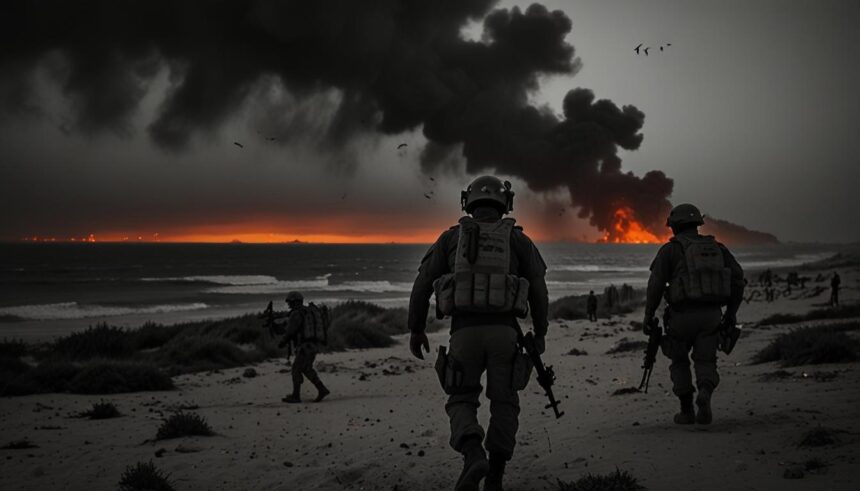Israeli special forces recently conducted a successful operation to rescue hostages in Gaza, with crucial support from U.S. intelligence. The mission highlighted the importance of balanced intelligence methods amidst scrutiny over reliance on technology.
Israeli special forces successfully rescued four Israeli hostages from Gaza on June 8, following a massive intelligence operation. This effort, necessitated by Hamas’s attacks on October 7 that resulted in the abduction of civilians, saw significant involvement from U.S. intelligence agencies. The United States provided substantial support, including drone footage, satellite imagery, and communications intercepts to locate the hostages.
The U.S. intelligence assistance has been paramount, though Israeli officials maintained that they largely possessed the required capabilities independently. However, the intelligence failures preceding the attacks have raised questions about Israel’s preparedness and reliance on technology over human intelligence.
The collaborative mission integrated advanced analytical tools and imagery provided by the U.S., contributing to the operation’s success. Senior Israeli officials acknowledged the U.S. role, emphasizing specific capabilities introduced post-October 7.
White House national security adviser Jake Sullivan confirmed that no U.S. forces participated directly in the rescue. Despite the sensitive nature of U.S. intelligence sharing, strict conditions were imposed: the intelligence could only be used for rescuing hostages and targeting Hamas leadership, not regular fighters.
The rescue resulted in significant casualties, with over 270 Palestinians killed. Since October 7, U.S. and Israeli forces have been working closely, enhancing daily intelligence exchanges. Both countries emphasize the operational importance of human intelligence, recently highlighted by detainee interrogations that yielded crucial information for rescue missions.
The Israeli intelligence apparatus came under scrutiny for its failure to anticipate Hamas’s detailed planning, which shifted the focus to human intelligence and traditional espionage methods. As such, the operation underscored the critical need for balanced intelligence approaches combining technology and human networks.





